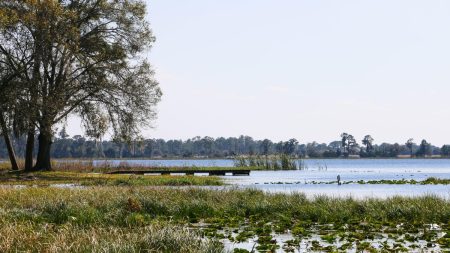Adam D’Angelo, the CEO of Quora, is heavily focused on the company’s new AI platform Poe, which allows users to chat with multiple AI models. He believes that Poe, launched last year, needs more attention as it operates in a rapidly changing landscape compared to Quora, the Q&A forum he founded over a decade ago. With Poe, users can access various AI models, including OpenAI’s GPT-4 and Google’s Gemini, and developers can build bots on top of these models for specific purposes.
The idea for Poe came from experiments using OpenAI’s GPT-3 to generate answers for Quora questions. While the AI-generated answers were not as good as human-written ones, they found a niche for answering questions that no human had addressed. This led to the development of a service more akin to private chat than an open forum, which became Poe. D’Angelo’s focus on Poe has raised questions about the future of Quora, which has not evolved to compete with modern platforms like Reddit and has faced speculation about its relevance.
Despite some controversies surrounding AI-generated content on Quora, D’Angelo remains confident that AI answers have been a net positive for the platform. The company claims to have 400 million users monthly, but the focus is now shifting towards Poe as a separate entity. With a recent $75 million funding round from Andreessen Horowitz, Quora aims to build out Poe and solidify its position in the AI market. D’Angelo’s experience at OpenAI has given him insight into the explosion of generative AI and a front-row seat to the boardroom power struggles within the organization.
Although Poe and Quora have distinct identities, D’Angelo chose to leverage the resources and talent already present at Quora to develop Poe. He sees the company evolving into a two-product entity similar to Google’s expansion beyond web search. Overcoming organizational inertia was a challenge, but now that they have successfully launched Poe, D’Angelo envisions continuing to build new products in the future. The goal is to keep up with the fast-paced AI environment and continue to innovate within the company’s established structure.














